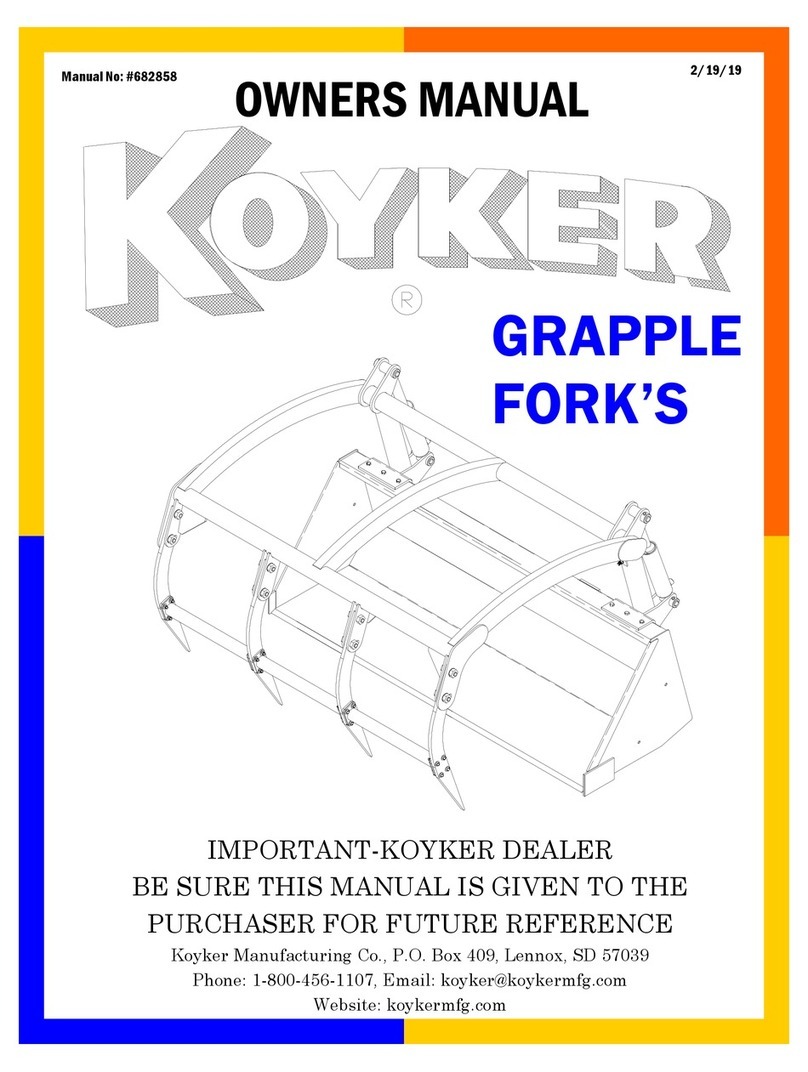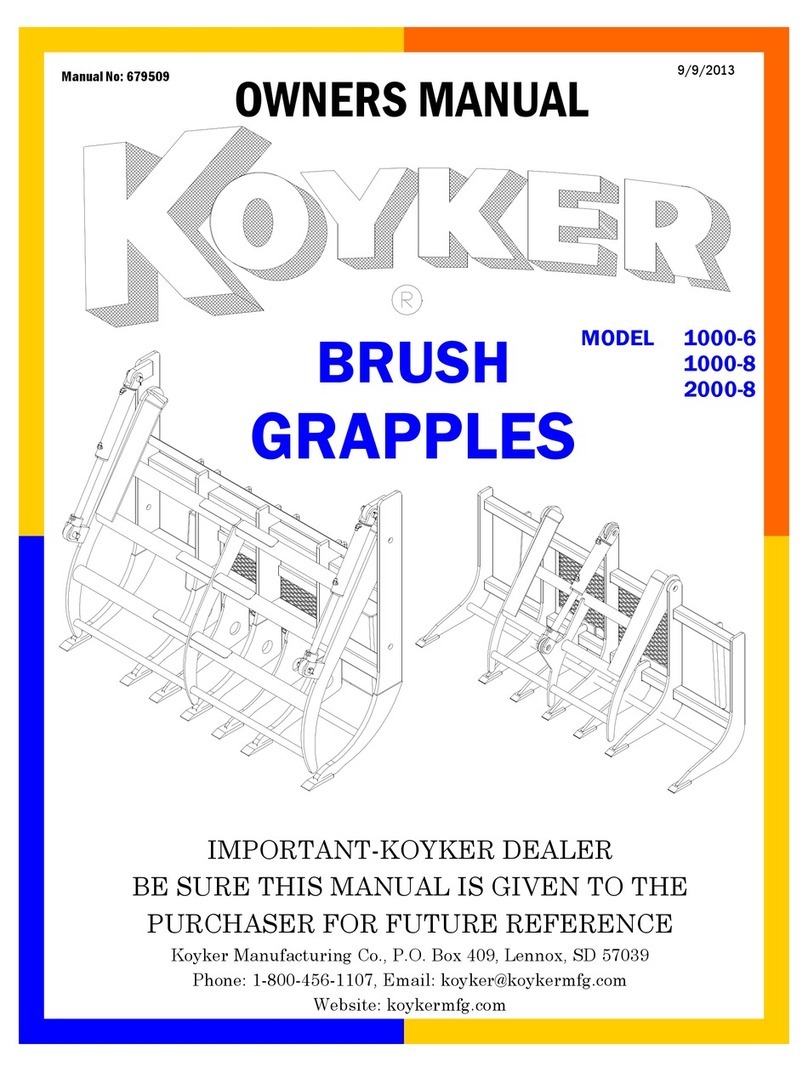
CONTENTS
CONTENTS PAGE
Introduction................................................................................................................................................1
SAFETY INFORMATION
Safety Alert Symbol...................................................................................................................................2
Safety Information ...................................................................................................................................3-5
Safety Decals .............................................................................................................................................6
OPERATING INSTRUCTIONS
Operation.................................................................................................................................................7-14
SERVICE AND MAINTENANCE
Backhoe Inspection, Service, and Maintenance ....................................................................................15-17
Hydraulic Hose Parts Diagram ................................................................................................................18
Hydraulic Hose Part Schedule..................................................................................................................19
Valve Parts Diagram.................................................................................................................................20
Valve Part Identification Schedule ...........................................................................................................21
In Line Filter Parts Diagram .....................................................................................................................22
Backhoe Main Frame Parts Diagram........................................................................................................23
Backhoe Main Frame Parts Schedule.......................................................................................................24
Backhoe Arm Frame Parts Diagram.........................................................................................................25
Backhoe Arm Frame Parts Schedule ........................................................................................................26
Bucket Parts Diagram and Schedule.........................................................................................................27
Bucket Replacement Teeth Diagram and Schedule..................................................................................28
3-Point Mount Diagram and Schedule......................................................................................................29
Drawbar Stabilizer Diagram and Schedule...............................................................................................30
PTO Hydraulic Diagram...........................................................................................................................31
PTO Hydraulic Schedule ..........................................................................................................................32
Torsion Bar Diagram and Schedule..........................................................................................................33
Hydraulic Information ..............................................................................................................................34
2” Cylinder Service Kit Schedule.............................................................................................................35
2 1/2” Cylinder Service Kit Schedule.......................................................................................................36
Hydraulic Cylinder Part Diagram.............................................................................................................37
Piston and Gland Service Diagram...........................................................................................................38
LIMITED WARRANTY INFORMATION
Limited Warranty...................................................................................................................................39-41
TORQUE SPECIFICATIONS
Torque Specifications ...............................................................................................................................42






























